Most people’s imagination disappeared once they grew up. It’s why it is hard for them to picture concepts when hearing about them. If you’re a business owner, you know how valuable the power of the video is for your marketing strategy.
However, not any type of video goes well with certain businesses. While videos with real-life actors go well with TV commercials, online marketing strategies tend to incorporate animated videos into their plans.
That’s where product visualization comes into the picture. Without it, it would be almost impossible to recreate realistic representations of your products.
Modern video technology has given us a world of opportunities when it comes to creating product depictions for marketing purposes. Today, we can make images of an item before we even made it. It allows for easier prototype production and presenting the idea for a specific product to the whole team.
Also, it eliminates additional expense with photoshoots and transportation of the product. Moreover, it makes it easier for the whole company to understand what they will work on before having the real goods in front of them.
In this article, we’ll explain what product visualization is, its types, the steps to make 3D product visualizations and how you can include product visualization videos into your marketing strategy.
What is Product Visualization?
You’re probably not aware, but we talked about product visualization in our previous post. Product visualization is another term for product rendering.
In other words, it is a method to depict different products visually in a 3D space. When you have an idea for a product, but the production still didn’t take place, you need a particular visual sketch.
Since you can do product rendering in 3D, this imagery shows the product from every angle. Moreover, it helps in every stage of the process, from designing the product to the production.
Visualization involves using specific tools to create and manipulate 3D models, which the company later turns into products. They’re used for marketing purposes, as well.
The imagery or the video allows the customer to know what they’re going to purchase. Their lack of imagination is not a problem when they have a visual representation in front of them.
There are two main types of calculations in product visualization you can use for your business. Those are dot product visualization and cross product visualization.

Dot Product Visualization
Dot product visualization is a way of depicting an object with vectors or arrows. The first vector will define a line. It will form a triangle with a second vector. If we point one vector and the other vector in opposite directions, the dot product will be negative.
We use this calculation in engineering, design, and science.
Cross Product Visualization
Cross product visualization, on the other hand, is when a designer uses two vectors (arrows) to place the object between them. The vector that represents the cross product is always under a 90-degree angle compared to the other two vectors.
The vector’s length representing the cross product equals the area of the parallelogram that the two vectors formed previously.
Why is Product Visualization Crucial for Your Business?
Be it a creation of the product design by the company itself or outsourcing the design to a specific business, it’s essential to make an understanding of the project among the people involved in it.
That said, having visuals in the early stages of development means fewer expenses and more time-saving. You can eliminate any misunderstandings about the product’s function, purpose or design before the production stage.
If you have engineers and designers who work with you, they most definitely use rendering tools to make realistic depictions of products as they change during the development process. They help designers and marketers to speed up concept approvals, find possible issues, and lastly, sell the end product.
Methods to Use for 3D Product Visualization
You and your team can develop product visualization videos using multiple methods. The most popular ones in the designing world are 3D rendering, photorealistic rendering, or 2D design drawings.
Each has a certain purpose for various stakeholders but the latter, however, can’t be seen in 3D, and its performance is usually much weaker than the 3D depictions.
If you want to use photorealistic rendering, it is enough for those who want imagery rather than the technical aspects.
3D product visualization is more technical and shows the product in detail. 2D versions, on the other hand, are great for patent applications, manufacturing prints and simple drawings you have to present to the customers.
It all sounds good in theory. However, to make an excellent video, you need a product visualization roadmap. Its a plan of the evolution of the product that you will have to show to the stakeholders before going into the production.
According to Lucidchart’s article, “product roadmap visualization can help product managers solve communication quandary by collecting and organizing the business’s strategy, goals, and tasks into easily understood charts and process maps.consists of a few steps.”
Its main parts are stories, epics, initiatives and themes. Once you structure a roadmap, you will easily explain your project to stakeholders.
Does Your Project Need 3D Visualization?
3D visualization videos can easily communicate the product idea to the stakeholders. If you own a business and sell consumer goods, you need unique and convincing visuals that entice the viewers to take action.
Others may only have an idea, a concept for a specific product that needs insight on how the product will work. It allows them to see if there are any issues in the development process.
3D visualization also comes in handy in product analysis. In other words, designers can rate the product’s performance before the production even started. Then they can change the design or decide if they need to change any other technical aspect of the product.
There’s no doubt that businesses can leverage the power of product visualization. It can help them to transform the designs and the ideas to reality. 3D visualization serves a double purpose: it is a tool to visualize the product before the development process and a tool to help speed up the changes during the same process, but also a marketing tool for presenting the idea to investors or stakeholders and for presenting the product to the end customer to help them understand better.

Is 3D Visualization Something You Would Consider?
As said, 3D visualization has numerous benefits if used correctly. We can see it emerging in various industries, such as construction, science, engineering, architecture, interior design, consumer goods etc.
3D visuals might look like an addition to your marketing strategy. However, you can find them in all sorts of industries where they became mandatory.
A designer can create digital representations with the help of suggestions from others in the team. The visualizations are rewarding in terms of higher ROI, repeat customers and better conversion rates.
Once you start with visualization, you’ll probably need to hire an expert. Product visualization service providers can help you make videos that resonate with your company’s voice. If you still have doubts, feel free to contact us at PinkSquare to know more about product visualization and find out why your business needs it.
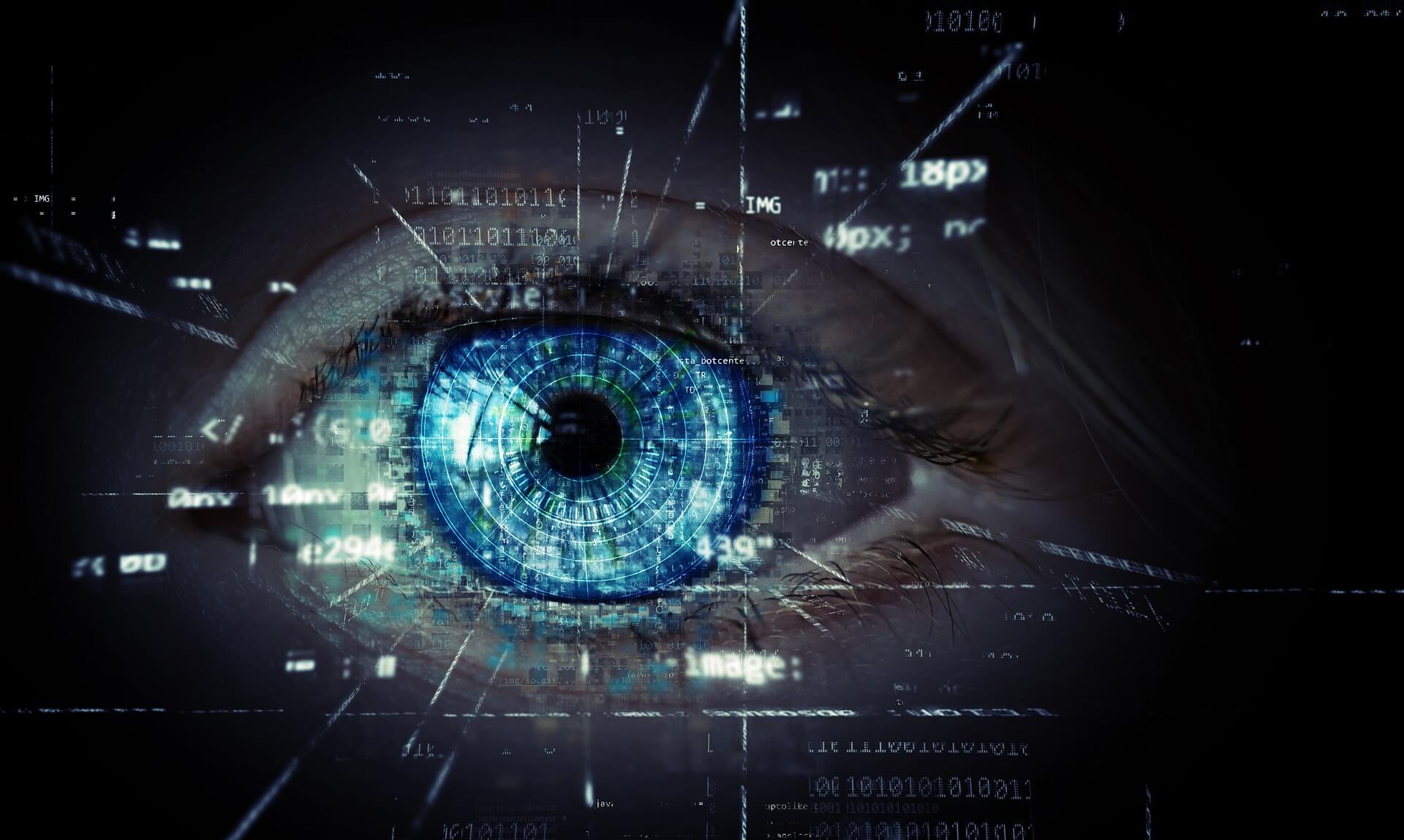

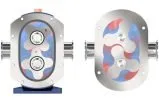
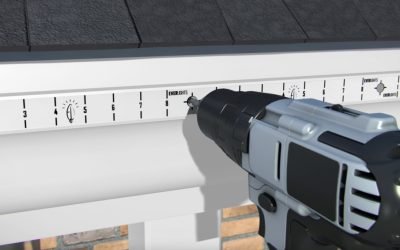



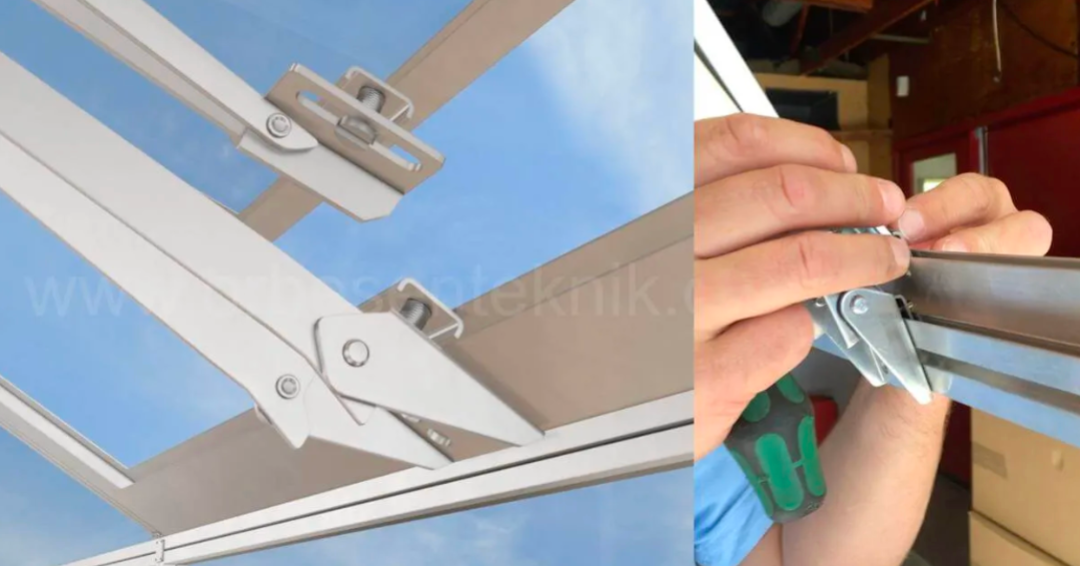
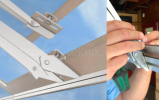

Recent Comments